How to grow an orchid from seeds at home
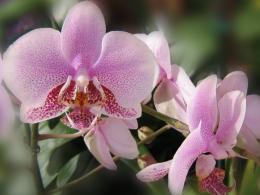
An orchid is an exotic, graceful flower that attracts with its beauty. You can buy some types of orchids in almost all flower shops, but many gardeners want to get themselves something even more original.
In pursuit of outlandish flowers, some decide to grow plant “from scratch” - from seeds. But not everyone is ready for the many difficulties and nuances that should be taken into account before embarking on this difficult task.
Content:
- What is important to consider when growing an orchid from seed
- Possible compositions of nutrient solutions, selection for specific subspecies
- Consistent cultivation technology and care
- Transfer to non-sterile substrate
What is important to consider when growing an orchid from seed
Characteristic qualities of seeds: plants of this group have very small, barely visible seeds that do not have any nutrients, so they need a special growing environment.
Composition of the substrate used as a nutrient medium: for seed germination, gel-like substances are used, such as agar-agar isolated from seaweed, or artificial horticultural gels with a specially selected composition.
To feed, simple sugars such as glucose or ordinary granulated sugar are added to the composition. Sterility: in order not to infect weak and unstable seeds and sprouts with diseases and infections, it is necessary to sterilize the growing dishes and nutrient solution.pH level of the nutritional composition: using special additives, you need to level the acidity to the required level of 5.1-5.5.
Possible compositions of nutrient solutions, selection for specific subspecies
The basis of the substrate is a gel medium, which consists of agar-agar or gel. 10-15 grams of this substance are taken, and a nutritional element is introduced into it - glucose, fructose or sugar in the amount of 10 grams of each or one simple carbohydrate.
This ratio is calculated for 1 liter of water, which must be distilled. This composition is brought almost to a boil, after which additional substances are sequentially introduced into it, designed specifically for certain types of orchids.
Sympoidal orchids are plants with a large number of lateral processes - pseudobulbs, which are connected to each other by rhizomes; A characteristic feature of the subspecies is a developed root system, with a large number of growth points, each capable of forming new shoots. Each new branch forms a thickening, the so-called pseudobulb. These orchids are characterized by horizontal development of shoots.
Composition 1:
- Calcium nitrate – 1 g
- Ammonium sulfate – 250 mg
- Magnesium sulfate – 250 mg
- Ferrous sulfate – 250 mg
Composition 2:
- Calcium phosphate – 250 mg
- Potassium phosphate – 250 mg
Monopoidal orchids – plants without pseudobulbs and developed rhizomes, concentrated in the upper part in the form of an apical bud. Thanks to this structure, the stem grows upward without expanding to the sides. Leaves are formed on the upper part of the shoot. Between them there are also buds with roots. The leaves contain moisture and nutrients, so they are dense and fleshy.
Compound:
- Calcium nitrate – 1g
- Ammonium sulfate – 700 mg
- Potassium acid phosphate – 400 mg
- Potassium citrate – 350 mg
- Magnesium sulfate – 300 mg
- Ferric citrate - 200 mg
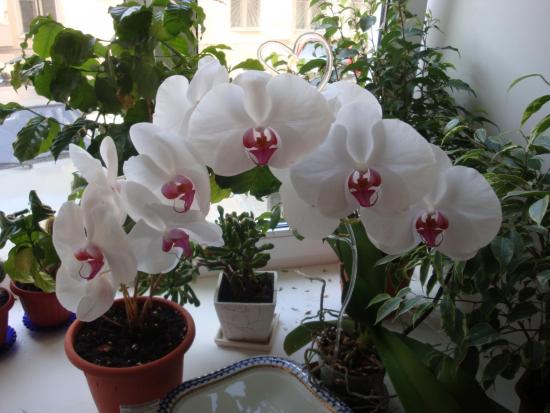
Terrestrial orchids are plants with a well-developed root system and develop according to the sympoidal type. These are perennial shoots that form a horizontal rhizome and a vertical stem.
Compound:
- Potassium nitrate – 400 mg
- Sodium nitrate – 370 mg
- Potassium orthophosphate – 300 mg
- Magnesium sulfate – 110 mg
- Iron sulfate – 20 g
- +10 g fructose
In addition, additional microelements can be added to the compositions for any orchids in the amount of 1-2 drops per 1 liter of liquid:
- Zinc sulfate – 1g
- Boric acid – 1g
- Manganese sulfate – 300 mg
- Copper sulfate – 30 mg
- Aluminum hydrochloride – 30 mg
- Nickel hydrochloride – 30 g
- Potassium iodide – 10 g
Consistent cultivation technology and care
The basis of a successful pasture process seeds is a well and correctly prepared substrate and compliance with all necessary stages and conditions. Sequence of preparation and use of nutrient solution. First of all, this is the stabilization of the acid-base composition of the environment.
It is necessary to bring the solution of macroelements to the required level, since the base composition already has normal acidity. To lower the pH level, potash is added, and to increase it, orthophosphoric acid is added. Achieving sterility of tanks. The dishes in which germination will be carried out - special flasks - must be cleaned as much as possible by processing in an autoclave at 120-130 degrees.
At home, a pressure cooker with the necessary parameters is suitable for this. Substrate distribution.After preparing the container and composition, it is poured hot in a ratio of approximately 1:3 to the flask, that is, filling the reservoir by a third with the solution.
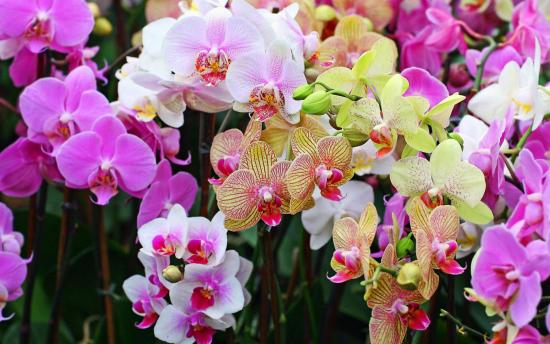
Bringing the substrate to sterility. The finished flasks are sealed with stoppers and processed in a pressure cooker for 30 minutes. Checking the composition for sterility. The finished flasks are left for 5 days, after covering them with cotton wool. In this form, fungus and bacteria, if present in the solution, will be able to develop in such a way that they can be identified. Contaminated solution is not suitable for use.
Sterilization of orchid seeds
Cleaning is carried out by washing with a weak chlorine solution, for which 10 grams of calcium hydrochloride are dissolved in 100 ml of water. Seeds added immediately before sowing for 10 minutes. It is recommended to sow over boiling water so that the steam carries away small dust particles.
Flasks with a substrate are inserted into the grid, into which the seeds are pipetted along with a small amount of the sterilizer in which they were purified. The flask is closed with a cotton swab.
The necessary conditions for germination are a temperature of 18-23 degrees, daylight for at least 12 days. Sprouts appear within a week to a month. Seedlings need a new nutrient medium, which is prepared specifically for them. When sprouting at home, it is recommended to transplant into a non-sterile substrate only after a year, when the sprouts have gained strength.
Transfer to non-sterile substrate
Moss, pine bark and the like are used as soil, using drainage. Temperature and light conditions are similar to those during germination. The finished sprouts are washed in a Petri dish with the addition of a couple of drops of foundationol, and then transferred to the substrate.
If all conditions are met, flowers on the plant may appear no earlier than after 4 years. Growing an orchid from seeds is not an easy task, requiring extensive knowledge, patience and time. Only the most persistent are allowed to see the result, however, it is worth it.
Video about proper watering and high-quality fertilization of orchids:

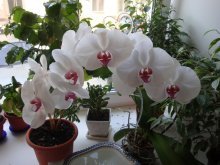

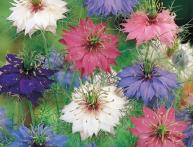
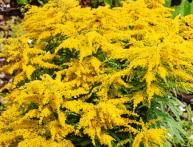
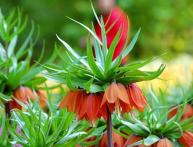

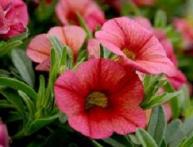

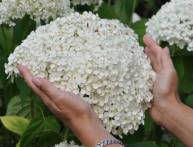
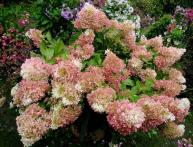
Comments
I tried to grow an orchid at home from seeds, but it didn’t work out. Now I read the article and found my mistakes when growing, a very capricious flower, but so beautiful! Now we need to approach the issue of growing more carefully.
So many problems! In my opinion, it’s easier to buy a ready-made plant in a store and enjoy its beauty. It seems to me that seeds of rare varieties are as difficult to obtain as adult plants.